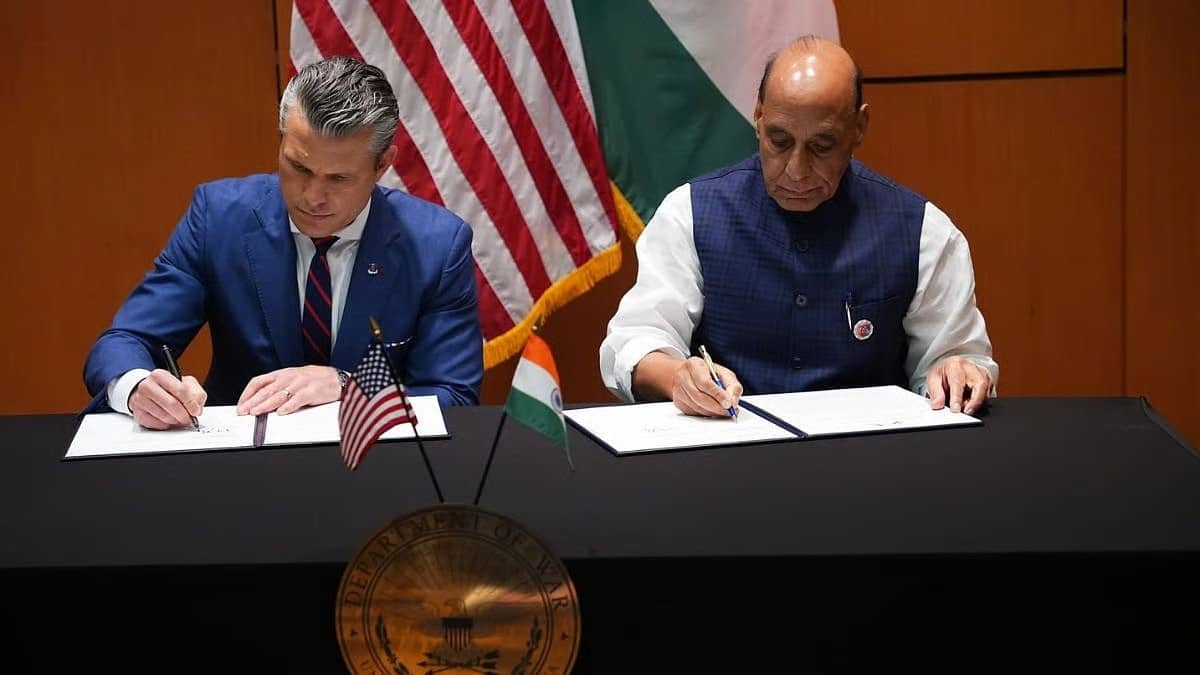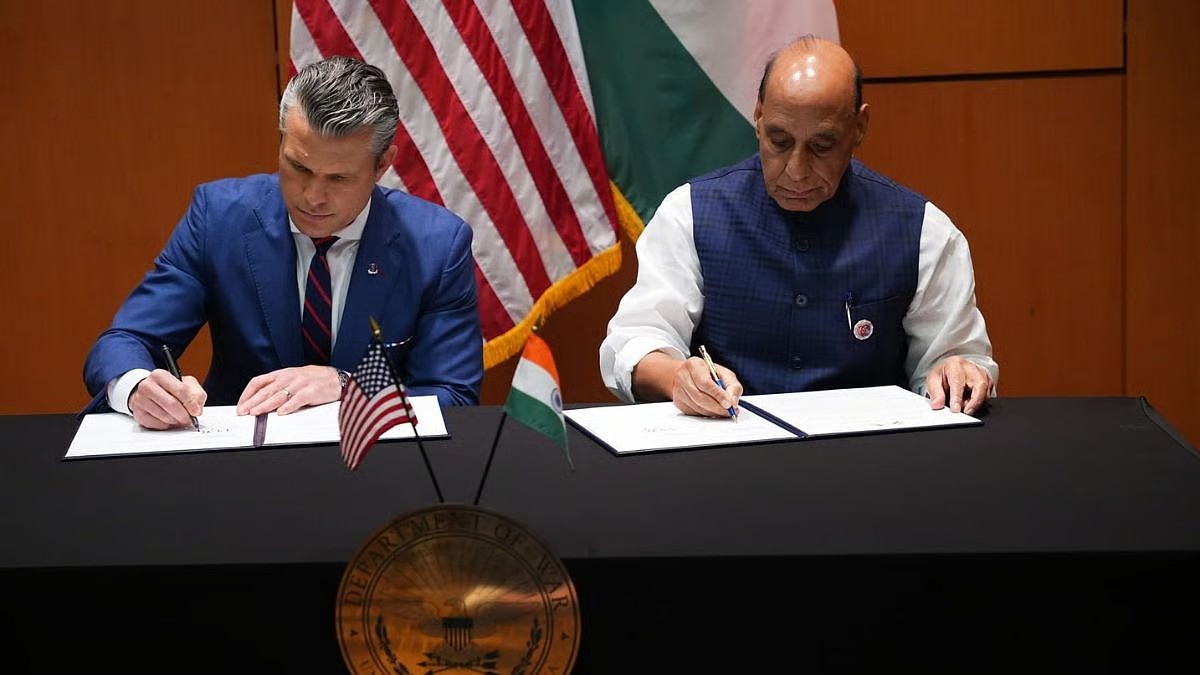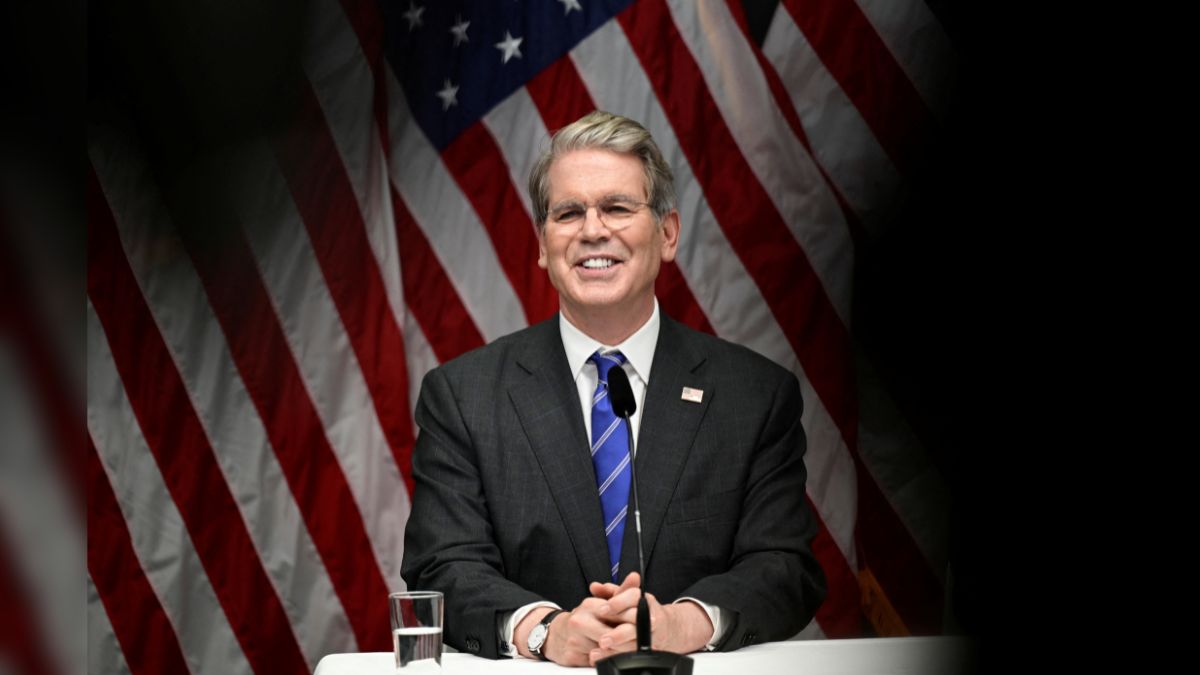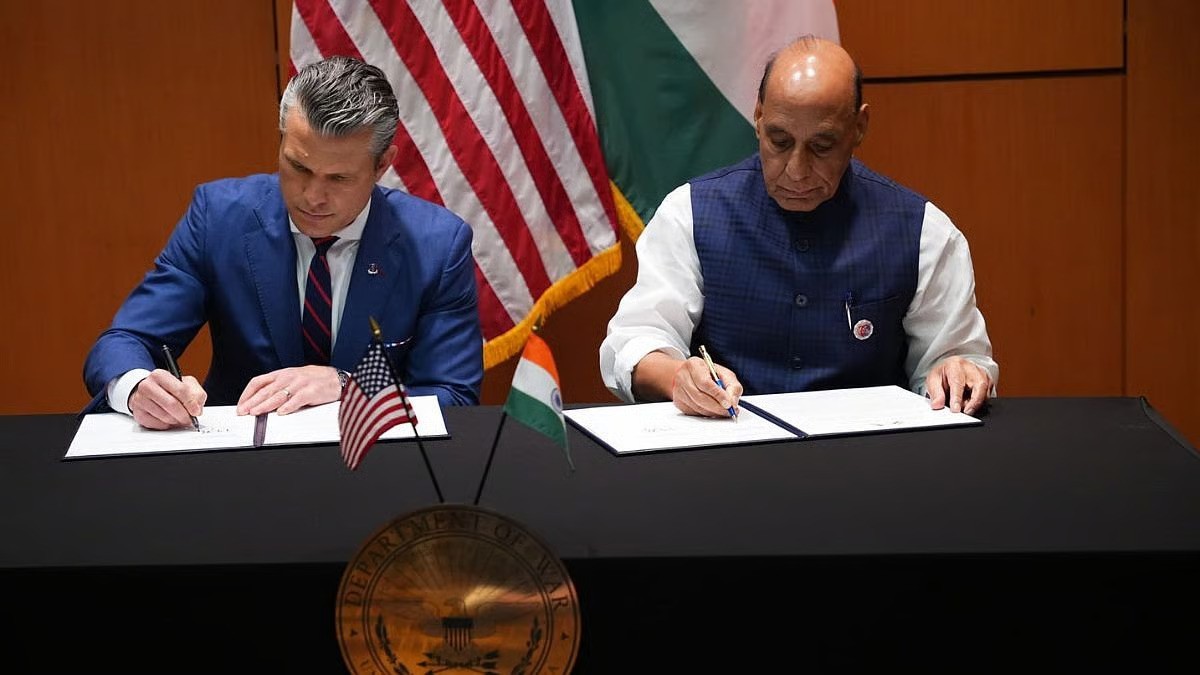Some of us believe that this world is run by a handful of people who sit at the big table and take decisions that affect the lives of all the others. When it comes to international politics, this seems to be rather true. Sometimes in the course of history, a few big countries, which are also referred to as great powers, have come along and jointly managed the international system, giving birth to arrangements such as the Concert of Europe in the nineteenth century, the G8 (now G7) in the twentieth, and the G2 in the 21st century.
Of all these arrangements, the idea of G2 is an interesting development in contemporary world politics. Originally conceived by an American economist, C Fred Bergsten, in 2005, it was pushed forward during the 2008 financial crisis when the West, especially the United States, had become too overwhelmed with managing the global financial architecture alone.
As the two largest economies and trading nations, there were suggestions that China should co-share the burden of managing the international economic system with the United States. While the term ‘G2’ had origins mostly in the economic sphere, slowly it took the form of an all-encompassing special relationship when officials from the Obama administration started pitching it as a possible way to manage the global problems along with an emerging China.
It is important to note that G2 never became an official policy during the Obama years, but there was a constant reference to such an arrangement, including by Obama himself when he and his secretary of state Hillary Clinton advocated the importance of maintaining strong cooperation with China.
Impact Shorts
More ShortsLater, when Donald Trump came to power for the first time in 2017, the foreign policy of the United States underwent a sea change with a hardening of stance, and the country for the first time explicitly stated that China is a strategic adversary of the US. It was the Trump administration only that followed up on the discussion of Quad when the grouping was finally revived with enthusiastic participation from other member countries such as India, Japan and Australia in the year 2017.
Cut to 2025, and we find that Trump is now a much-changed man. A leader who in his previous stint in power had invested a great effort in countering China, stitching up a loose alliance of countries to balance it in the Indo-Pacific and had recognised India as a counterweight to increasingly aggressive Chinese designs is suddenly bringing back the ghost of G2.
Before attending a meeting with the Chinese President Xi Jinping in South Korea this week, he took everyone in the strategic affairs circle by surprise by posting “The G2 will be convening shortly” on a social media platform owned by him. Since then the commentariat has been working overtime to understand and explain its implications to the world.
The thing with anything articulated by Trump is that it has to be taken with not just a pinch but heaps of salt. He has the shiniest record of making statements that are hardly backed later on. But the chatter around G2 is not entirely unfounded. Looking at the co-dependencies between the two countries, it is anyone’s guess that even if G2 doesn’t formalise into a concrete arrangement, both China and the United States would steer clear of an out-and-out geopolitical contest for a considerable period of time going forward.
If in the earlier decades, the United States’s status as the largest debtor and China’s role as the largest creditor fuelled speculations for ‘Chinamerica’ or a G2-like arrangement, then in the current decade, dependencies have become more complex and even more deeply entrenched.
And this definitely has a lot to do with the stupendous growth of China, which has come to acquire great control over key supply chains in a remarkable way.
Let’s picture this: the moment Trump started imposing debilitating tariffs on Chinese products, China simply responded by putting restrictions on rare earth elements (REEs). The REE supply chain is entirely controlled by China, where 90 per cent of their processing takes place in the country. When China threatened to restrict its supply to the US, it meant that the entire advance and defence manufacturing industry in the US would be on its knees. Not to mention Trump’s personal dependence on key farming states for votes and how critical Chinese demand is to keep the economy in those states running.
Thus, in the short to medium term, the US’s commitment to the Quad is definitely going to suffer the cost of its overtures to China for self-interest’s sake.
Now the moot question is, where does that leave India? A country which was till recently the indispensable partner to counter China, the lynchpin of America’s pivot to the Indo-Pacific and regarding which a bipartisan consensus existed in the United States is suddenly so out of favour that, along with Brazil, it has become the highest-tariffed country in the world by the Trump administration.
For starters, any patch-up between the US and China will always be bad news for India because that leaves India with a bully across its Himalayan border unchecked, one with which it has shared an unsettled boundary issue for almost eight decades now and also the one with which it has a massive power gap, especially in the economic sphere.
If China has almost a $20 trillion economy today, then India is still inching towards a $5 trillion economy. Similarly, if China has a clear dominance in global supply chains, then India is taking baby steps to become a manufacturing power worth its name.
In the domain of foreign policy, India’s own behaviour towards China has shifted a little in the recent months. After the bitterness of Galwan waned off, India has restarted reengaging China, as evident in the restoration of direct flights, PM Modi’s visit to China in August 2025 to attend the SCO summit in person and case-by-case approval of Chinese investments.
Some may call it an aftereffect of Trump’s targeting of India, but one must remember that the process predates Trump’s inauguration and is rooted in the 2024 disengagement from friction points at the border. Hence, when it comes to implications of a possible G2-like understanding between the US and China, the good thing is that India never abandoned its own engagement with China.
While the Galwan incident did massive damage to the India-China relationship, India first drew a firm line for China that peace at the border remains non-negotiable for any future bilateral relations, and later, when China understood that bullying will not work, only then did India proceed to infuse some degree of warmth in its equation with the dragon.
Now the fact is that the US may or may not walk the talk on G2, but we also know that the US hasn’t walked the talk on Quad and the emerging security architecture of the Indo-Pacific either.
These commitments are still just policy goals captured in the National Security Strategy documents, where if the Biden administration overtly focused on Russia giving China a comfortable strategic space, his successor Trump has gone even one step forward, proposing a G2 arrangement to China and persecuting India for the conflict in Ukraine!
More than the implications for India, it shows the United States in a terrible light as the power on whose empire the sun is finally setting and one which has conceded defeat subtly to its principal challenger and shown the allies why the US can never be trusted. From here on, any attempt by the United States to lead a counter-China coalition will not be taken seriously anywhere, including in New Delhi or in Tokyo.
As for India, this calls for a serious introspection of its own strategy towards China, which has two dimensions—external balancing with like-minded partners and internal balancing by building its own strength as measured in terms of comprehensive national power (CNP).
India’s external balancing strategy has definitely taken a hit because of the US’s erratic behaviour, but remember that it still leaves India with other players who are as miserable a victim of China’s territorial expansionism as India, including the Southeast Asian nations and Japan.
The US may be chickening out, but India still has to live with the reality of the humongous Himalayan border dispute. Here these countries and others can be willing partners for India, especially Japan, which would have no choice but to accelerate its remilitarisation on a greater scale now.
Instead of the US, here India of the future, one with a double-digit GDP in trillions of dollars, can be a more credible leader to lead a counter-China strategy in the Indo-Pacific. In fact, the term ‘Indo-Pacific’ was first used by an Indian naval officer, Captain Gurpreet S Khurana, in a 2007 paper, ‘Security of Sea Lines: Prospects for India-Japan Cooperation’. And civilisationally speaking, more than the West, it has always been India for whom this region has been a part of its geographical reality for thousands of centuries.
Now in order to counterbalance China externally, it goes without saying that internal balancing by building one’s own material strength is a must. Here the current dispensation has shown more strategic wisdom than the previous one already.
Unlike the Manmohan Singh government that harboured a dream of a shared Asian century with the Chinese, India under Narendra Modi has no such dystopian and suicidal thoughts.
PM Modi has clearly articulated the need for India to become a developed country, what is known as ‘Viksit Bharat’, by the middle of the current century. Thus, unlike the Manmohan dispensation that today often uses Obama-era chatter for G2 to justify its own soft stand towards China, the current government is choosing tactical moves to make peace with China only to focus on its own goal of becoming a formidable economy.
In the recent months, we have got China to agree to supply rare earth elements to us and also its greater willingness to supply key inputs that are necessary for India’s efforts to integrate itself into global supply chains. Not to mention, the heavy troop buildup at the border, which was costing billions to the exchequer, can now be put to modernisation efforts by the military.
When China was growing in the 1990s, it had smartly secured a border peace and tranquillity agreement with India, and now that India is growing, it seems to have understood this strategy well for its own purpose. Here China’s recent statement of not taking the G2 too seriously and instead having endorsed ‘multilateralism’ is also important.
China could have easily fallen for the Trumpian offer, but rather than give credence to the ‘China is a threat’ lobby and risk provoking the middle powers, it again played very smartly and chose to dodge the bullet. It is almost like good old Deng Xiaoping’s caution returning to the flamboyant Xi’s brain.
As for the future of the Quad and the larger emerging security architecture of the Indo-Pacific, it looks quite bleak—at least in its current form.
Later on, a change of hand in Washington may spark a new lease of life for an anti-China coalition led by the US. But the crucial lesson for India is not to get swayed.
There is no alternative to one’s own indigenous strength, and India would serve its national interest very well if it gathered an equally powerful geopolitical heft. Instead of just a G2, a G3 arrangement should be proposed in the future—with a seat for India at the high table and a bigger role for the country in global great power management.
(The author is a New Delhi-based commentator on geopolitics and foreign policy. She holds a PhD from the Department of International Relations, South Asian University. She tweets @TrulyMonica. The views expressed in the above piece are personal and solely those of the author. They do not necessarily reflect Firstpost’s views.)


)

)
)
)
)
)
)
)
)



